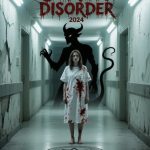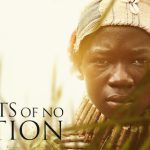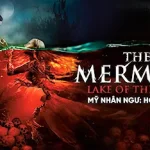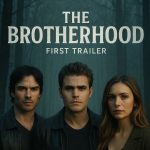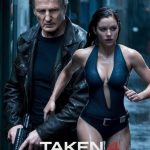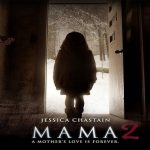Behind movie King Kong
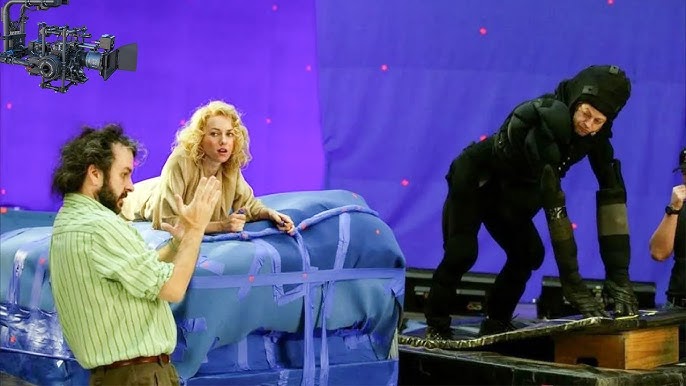
Related Movies:
Related Movies:
Related Movies:
Behind the Movie – King Kong (2005)
Genre: Adventure, Action, Drama, Fantasy
Plot Overview:
King Kong (2005), directed by Peter Jackson, is a reimagining of the classic 1933 film King Kong. Set in the 1930s, the movie follows the story of Ann Darrow (Naomi Watts), a struggling actress, who is discovered by the eccentric filmmaker Carl Denham (Jack Black) to star in his new film. Denham convinces her to join him and his crew on an expedition to the mysterious Skull Island, where they plan to shoot a movie. Once there, the crew encounters a variety of dangers, including indigenous tribes and monstrous creatures, and eventually discovers the massive gorilla-like creature, King Kong (voiced and portrayed through CGI by Andy Serkis).
King Kong, a colossal ape, is captured by the crew and brought back to New York City, where he is put on display for the amusement of the public. However, Kong escapes, leading to a chaotic pursuit across the city, culminating in a tragic end atop the Empire State Building. The movie explores themes of humanity’s relationship with nature, the exploitation of wild creatures, and the powerful bond between Ann and Kong.
Behind the Scenes:
1. Peter Jackson’s Vision:
The idea of remaking King Kong was close to Peter Jackson’s heart for many years. Known for directing the Lord of the Rings trilogy, Jackson’s passion for special effects and storytelling made him the perfect fit to bring Kong back to the big screen. Jackson, who had been a fan of the 1933 original for decades, aimed to stay faithful to the original story while making it feel fresh and modern, utilizing groundbreaking CGI and practical effects to bring King Kong and the world of Skull Island to life.
Jackson’s approach was to blend traditional filmmaking techniques with state-of-the-art visual effects. He was deeply committed to capturing the emotional depth of King Kong, making the ape more than just a creature, but a fully realized character with motivations, intelligence, and a connection to Ann that would resonate with the audience.
2. The CGI and Andy Serkis:
One of the most groundbreaking aspects of the film was the use of CGI to create King Kong. Unlike previous adaptations, where Kong was portrayed using practical effects or stop-motion animation, the 2005 King Kong utilized cutting-edge computer-generated imagery. The filmmakers worked with the special effects company Weta Digital (founded by Peter Jackson), which was known for its work on The Lord of the Rings.
Andy Serkis, known for his role as Gollum in The Lord of the Rings, portrayed King Kong through motion capture. Serkis’s performance was key to bringing Kong to life, as he provided both the physical movement and emotional depth for the character. Serkis wore a motion-capture suit on set while performing, and his movements were then translated into Kong’s giant form by Weta Digital. His portrayal of Kong was not only about his physical strength but also his vulnerability and affection for Ann. His connection to Ann, especially the scenes where Kong interacts with her, was pivotal in making the audience empathize with the creature.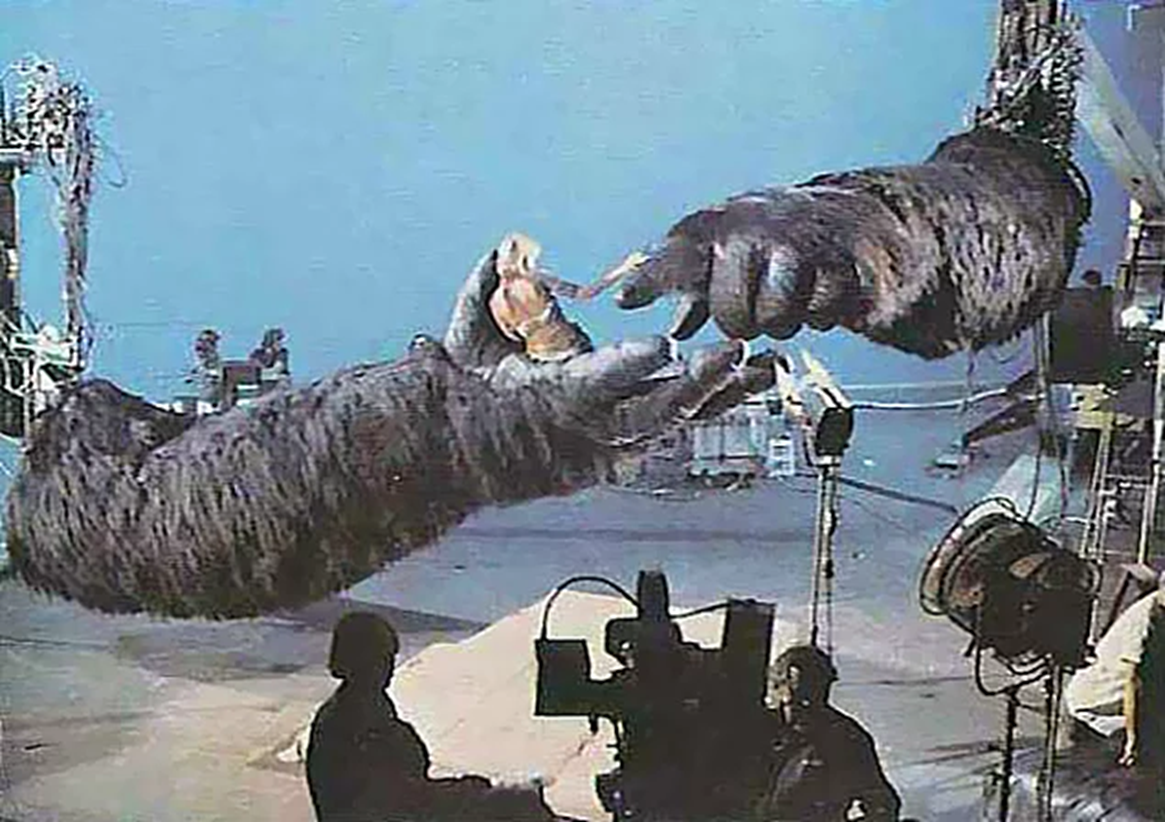
3. Visual Effects and Skull Island:
Skull Island was one of the most ambitious visual projects in King Kong, with the filmmakers creating a vast, lush, and dangerous world filled with prehistoric creatures and incredible landscapes. The island’s dense jungles, towering cliffs, and bizarre wildlife, including giant insects and terrifying dinosaurs, were all brought to life using a mix of practical effects, animatronics, and CGI.
The film’s attention to detail in the visual effects allowed the creatures to feel both real and fantastical. The scene where Kong battles a giant T-Rex was one of the highlights of the film, combining CGI and motion capture to create a fierce, high-stakes fight between Kong and the creatures of the island. The level of realism in the visual effects—particularly in terms of how Kong’s fur and muscles moved, and how the creatures interacted with the environment—was revolutionary for its time.
4. The Cast and Their Performances:
-
Naomi Watts (Ann Darrow) gave an emotionally charged performance, capturing the vulnerability and courage of Ann as she forms a deep bond with Kong. Her ability to convey the emotional weight of her relationship with Kong made the film’s tragic ending even more impactful.
-
Jack Black (Carl Denham) portrayed the ambitious, flawed filmmaker, a character who represents the exploitation of Kong for entertainment. Black’s performance added a layer of complexity to Denham, showing that while he was motivated by greed, he also had moments of genuine admiration for Kong.
-
Adrien Brody (Jack Driscoll) played the film’s romantic lead, adding a grounded, everyman quality to the story. Brody’s portrayal of Driscoll contrasted with the over-the-top nature of the adventure, offering a more thoughtful perspective on the events that unfold.
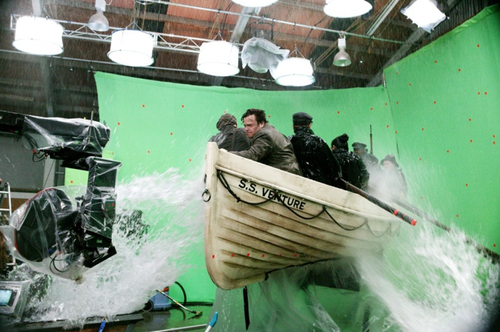
5. Filming and Practical Effects:
In addition to the CGI, King Kong used practical effects for many of the film’s sequences. The filmmakers built large-scale sets, including the giant walls of Skull Island and the streets of New York, to create an immersive experience. For scenes where Kong interacts physically with the environment, such as smashing through walls or tossing cars, real animatronics were also used, often combined with CGI to create seamless action.
6. Music and Soundtrack:
The film’s soundtrack, composed by James Newton Howard, was another critical element that added to its emotional impact. The music helped convey the grandeur of Kong’s world, the thrill of the adventure, and the poignancy of the film’s tragic finale. The soundtrack’s sweeping orchestral score elevated the film’s emotional scenes, especially the relationship between Ann and Kong.
7. Reception and Legacy:
King Kong (2005) was widely praised for its visual effects, direction, and performances, particularly Andy Serkis’s portrayal of the titular character. The film was nominated for several Academy Awards, winning three for Best Sound Editing, Best Visual Effects, and Best Sound Mixing. It grossed over $550 million worldwide and remains one of the most beloved versions of the King Kong story.
The film also sparked renewed interest in the King Kong franchise and paved the way for future adaptations and crossovers, including the 2021 film Godzilla vs. Kong. Peter Jackson’s King Kong is often cited as one of the greatest monster films ever made, a modern classic that blends heart-pounding action with a deeply emotional story.
